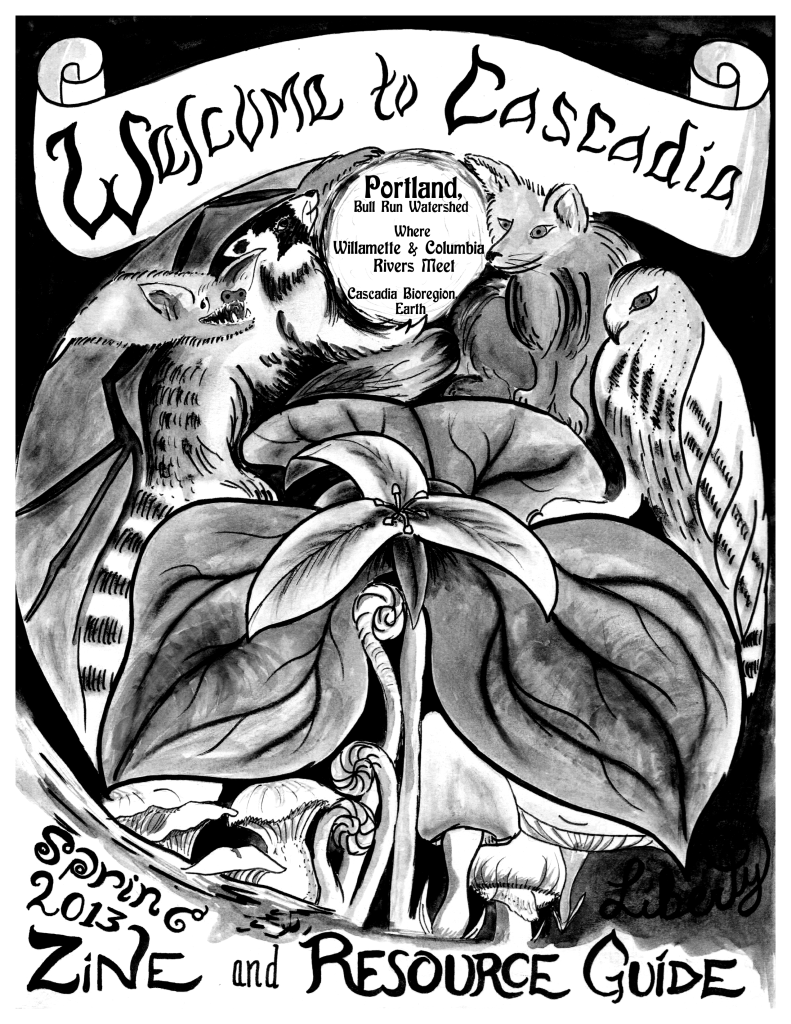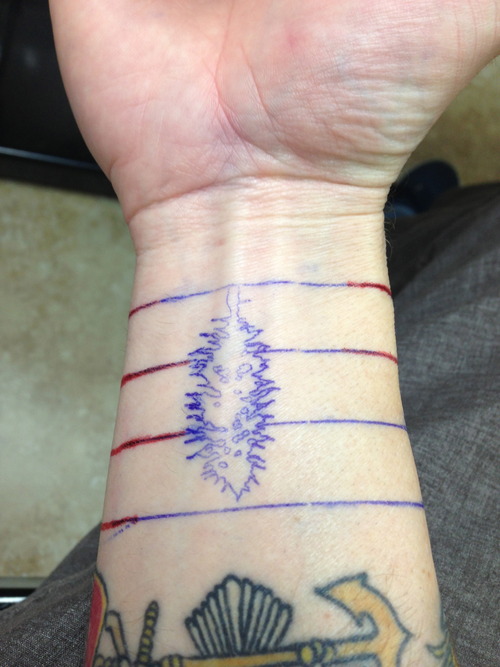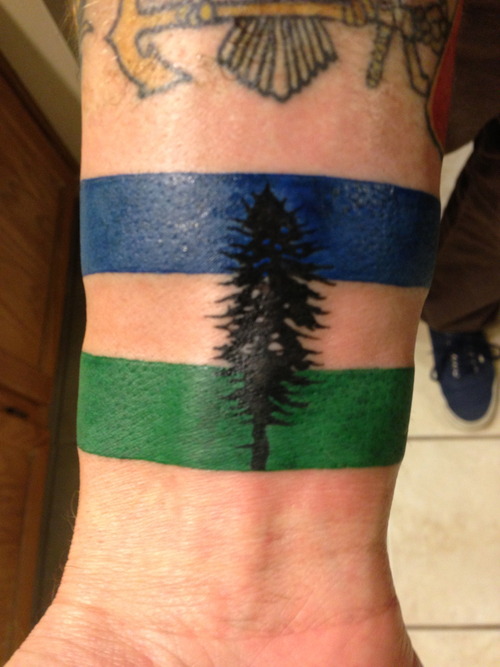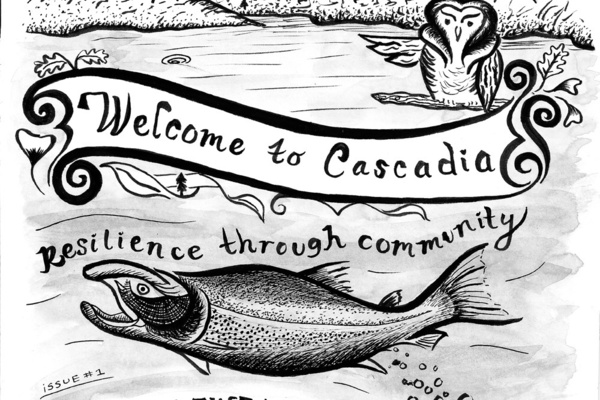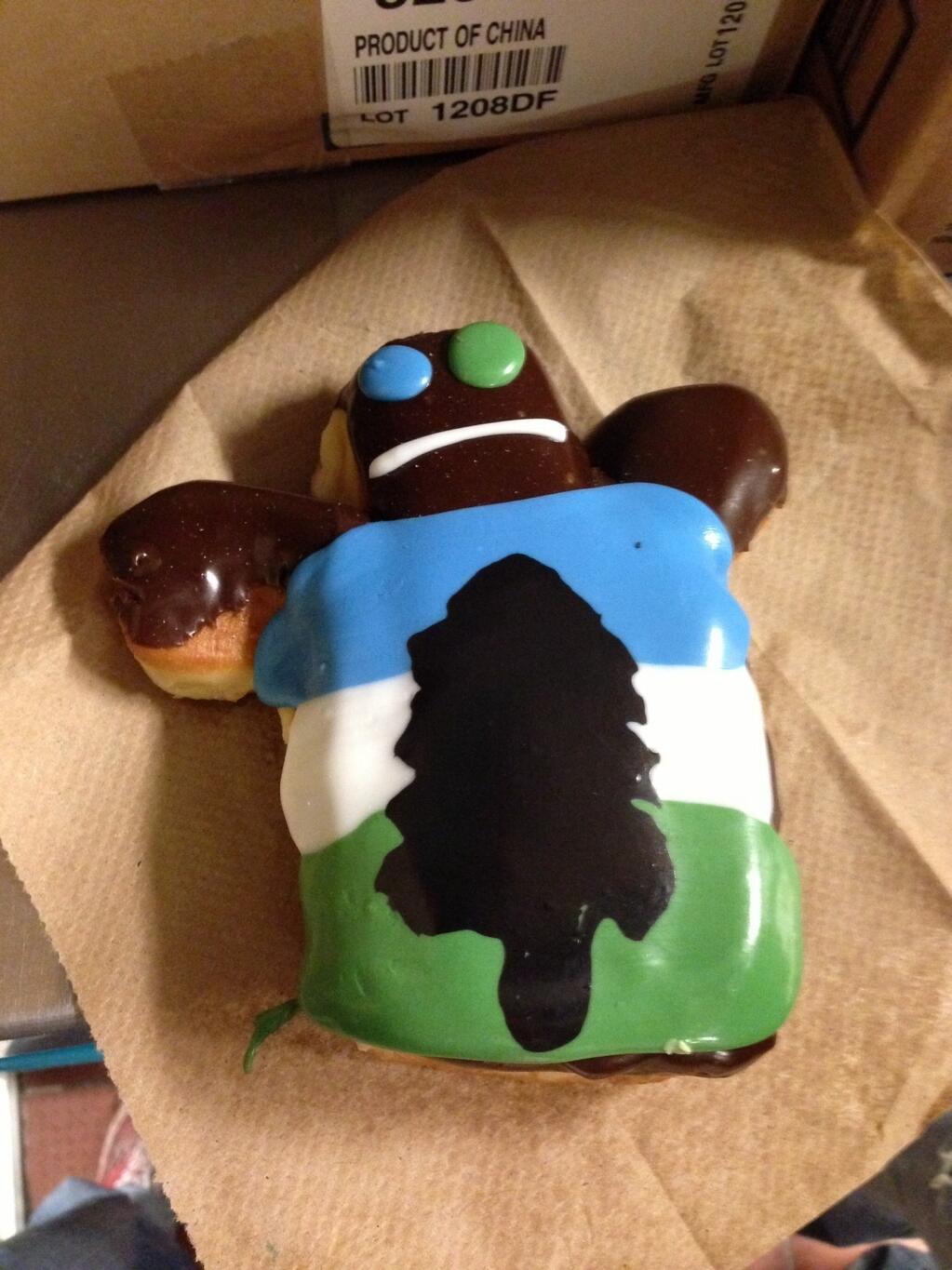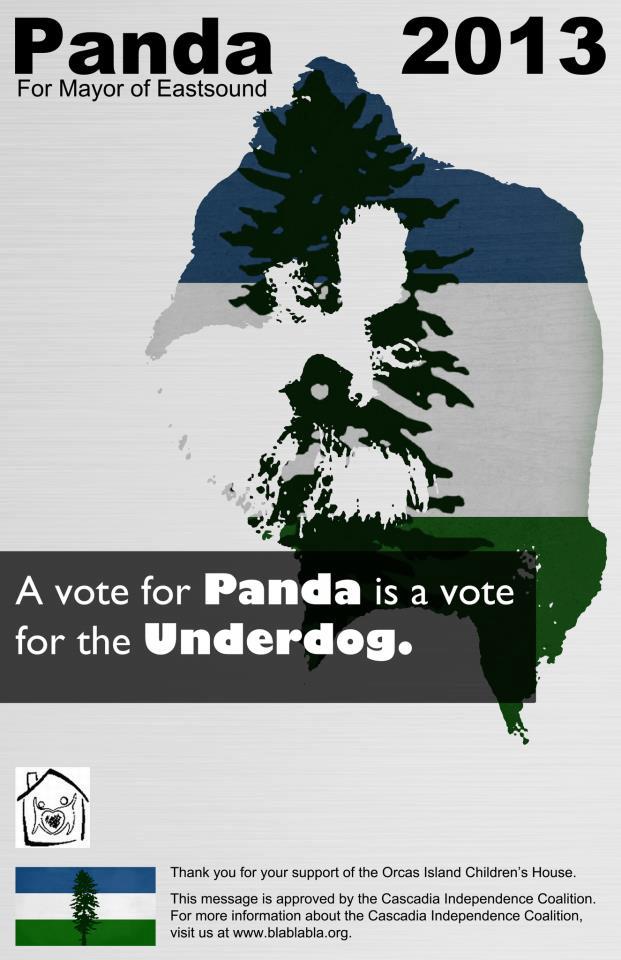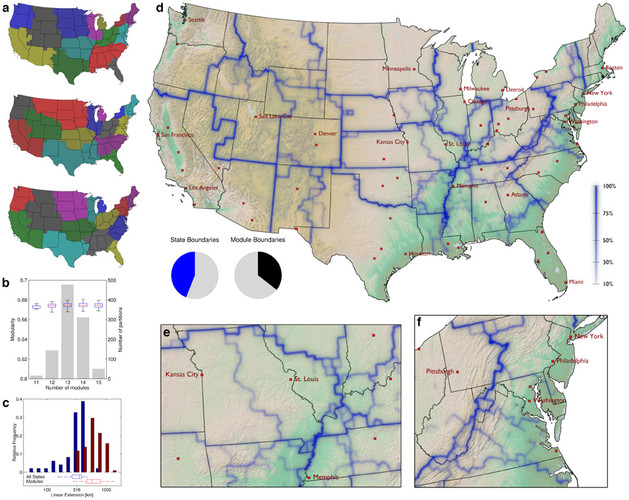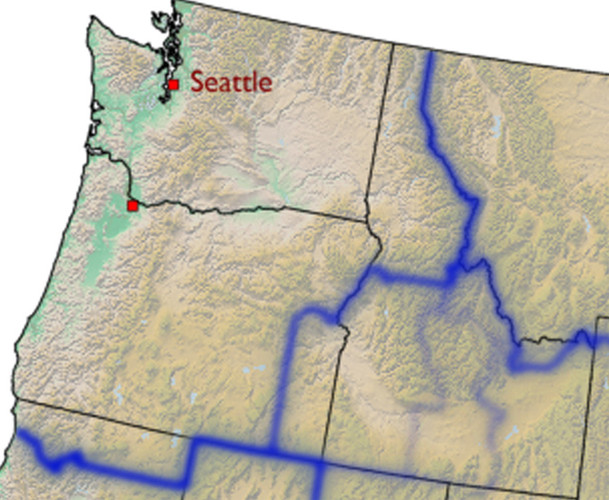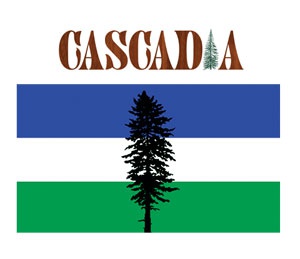Black Metal is a musical form rife with contradictions. With its roots in schlocky heavy metal tropes from the ‘80s, the Black Metal of progenitors such as Venom expressed a vapid rock ‘n’ roll aesthetic with a surficial satanic orientation. It was not until the mid-‘90s and the rise of the second wave of Black Metal from Norway that this phenomenon came into its own, with a much more virulent and dedicated cadre of proponents, giving rise to widespread criminality including arson and murder. The thematic palette of Black Metal expanded and, while a celebration of evil was still central, other notions began to hold sway, such as nature worship and pagan retribution. Black Metal had become green, and the forest became a ubiquitous motif. In an atavistic nod to autochthonous traditions, Black Metal musicians began to celebrate their craft as place-based: Norwegian Black Metal. This second wave of Black Metal was a tough sell in North America. The corpsepaint that the musicians donned, giving them the appearance of ghouls, the photos of blood-soaked long-haired men clad in leather and spikes, and the sordid tales of church burnings and internecine killings all shocked and alienated the public mind across the pond. For Americans, the notion that the collective unconscious of a nation could harbor a hatred of Christianity this severe was unimaginable, and the actions of these malcontents appeared worthy of ridicule. The centuries-old decimation of ancestral tradition was there unforgotten, evoked through ongoing relationship with the land upon which the blood of the people had taken root. This identification with the Land and with Tradition was indecipherable to a transplanted people, the melted pot of immigrants with little or no relationship to their own Turtle Island.
When Echtra began in 2002, it sought to create a form of music reflecting a passion for the intrinsic connection between humans and the natural world. The tenets of ecopsychology and deep ecology suggest that the civilization we’ve inherited is unsustainable, and more importantly, unsuitable for the needs of the human animal. Echtra recognized the need to create an artistic moment that could loosen the strictures modernity has placed on consciousness, allowing the experiencer a space within which to discover the truth of their being. One immutable aspect of the truth of this moment is place; we exist only in relationship to this instant and the environs in which we dwell. Echtra traces the development of culture in a relationship between human consciousness and the natural environment in which it finds itself, and celebrates the deterministic influence the land exerts on the shaping of awareness.
To this end, Echtra unveiled a music borne of deep communion with the temperate rainforests of the Pacific Northwest. Utilizing the instrumentation of Black Metal, a meditative and hypnotic approach to aural transcendence was sought, a way towards unification with the divine through chthonic immersion. Techniques of capturing and honing the music evoked the landscape itself. Recognizing the deeply embedded nature of this music, Echtra knew that this project required place-based identification, and drew upon preexisting knowledge of bioregionalism and Black Metal for this purpose. For Echtra’s first performance, on June 6th of 2003 at the seminal “Unburied” gathering, the project was billed as “Trance-Inducing Cascadian Black Metal.”
This was the first time that the phase “Cascadian Black Metal” had been introduced, and, to many, Black Metal and bioregionalism seemed extremely odd bedfellows. The admixture of deep ecology and Black Metal, though implicit in earlier iterations of the genre, had never been given such clear voice before, and many were confused by the somewhat bizarre associational web this ushered in. Echtra spent quite a lot of energy clarifying the purpose of this act, and in the process created bridges between disparate strains of philosophical inquiry and experiential discovery.
It has now been nearly a decade since this occurrence, and “Cascadian Black Metal” has become a seemingly corrupt term, used to fetishize products in a postmodern marketplace. While the efforts of Echtra (and the closely related project Fauna) always focused on local and noncommercial concerns, other musicians took the inspiration of this movement and used it for marketing purposes, bandying about the terminology and aesthetics and becoming rich in the process. This is perhaps an unfortunate development, in that the possibilities inherent in Cascadian Black Metal as an artistic and social movement were quite promising. At the same time, the bankruptcy the term suffers from causes us to recognize certain inadequacies in our understanding of what “Cascadia” could be.
Cascadia as an ideational influence is a beautiful thing. The mythic quality of bioregionalism gives our inherently poetic nature room to breathe, and the elucidation of landscape as an organizing principle for understanding place is certainly apt. However, a political strategy for reorganizing the distribution of resources in a global economy is something else entirely. Recognizing that the term Cascadia evokes both these streams could perhaps give one pause, if one’s intentions precluded the support of political ideals. The movement towards a more local, cooperative model of exchange is of course necessary, though the substitution of old bureaucratic entities with new ones is surely the last thing we need.
Additionally, it always worth noting that the advancement of Cascadia as a moniker for this massive stretch of land obscures important distinctions, those understood by the original inhabitants of this area. Previous to colonization and the decimation of native populations, various tribes inhabited this landscape, using a multiplicity of names and signifiers to designate place. To refer to this stolen land, or rather this collection of stolen lands, as Cascadia renders this blood-soaked past invisible. If we are to truly inhabit the mythic ideal of Cascadia, burrowing into the soil of this land and listening to the ghostly calls of its spirits, we must at the same time abandon the abstraction of the notion of the Cascadian territory. We must allow place to take us over entirely, forsaking stratagem and policy, as we become autochthonous beings capable of living in communion with a battered Land.







